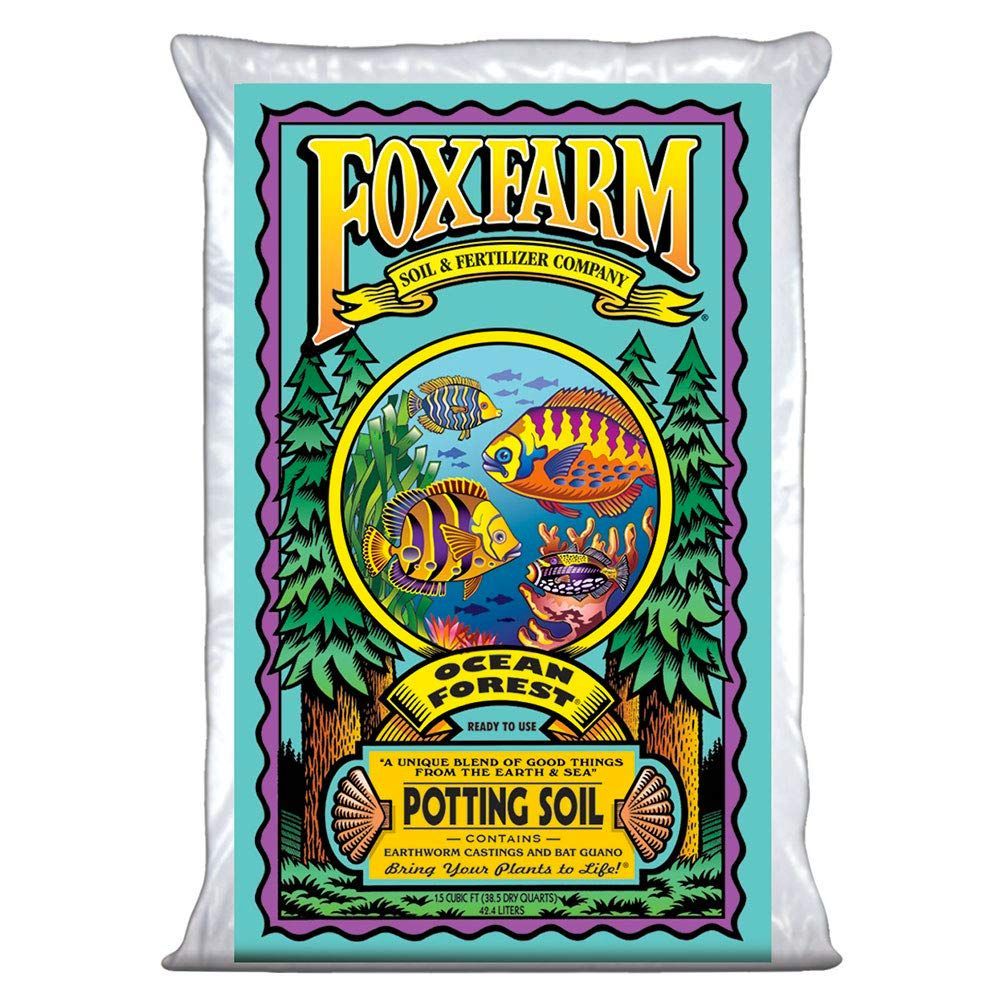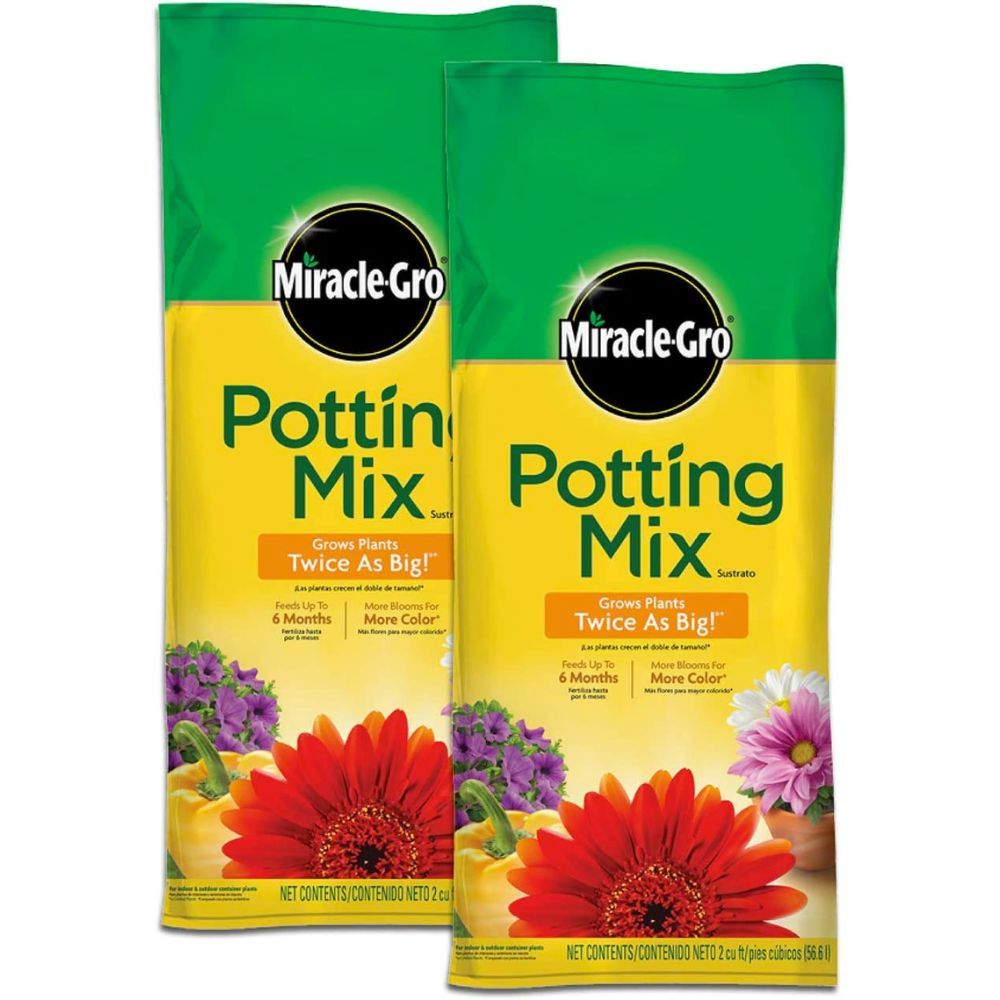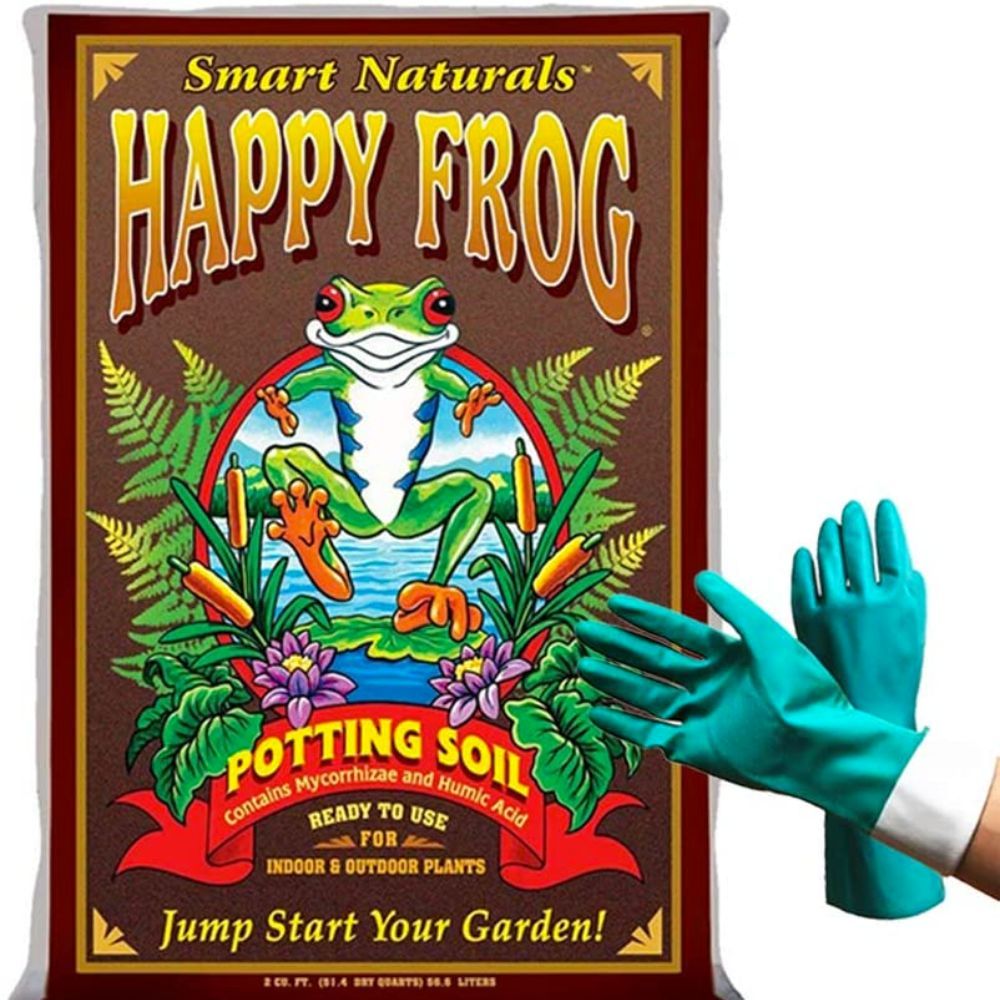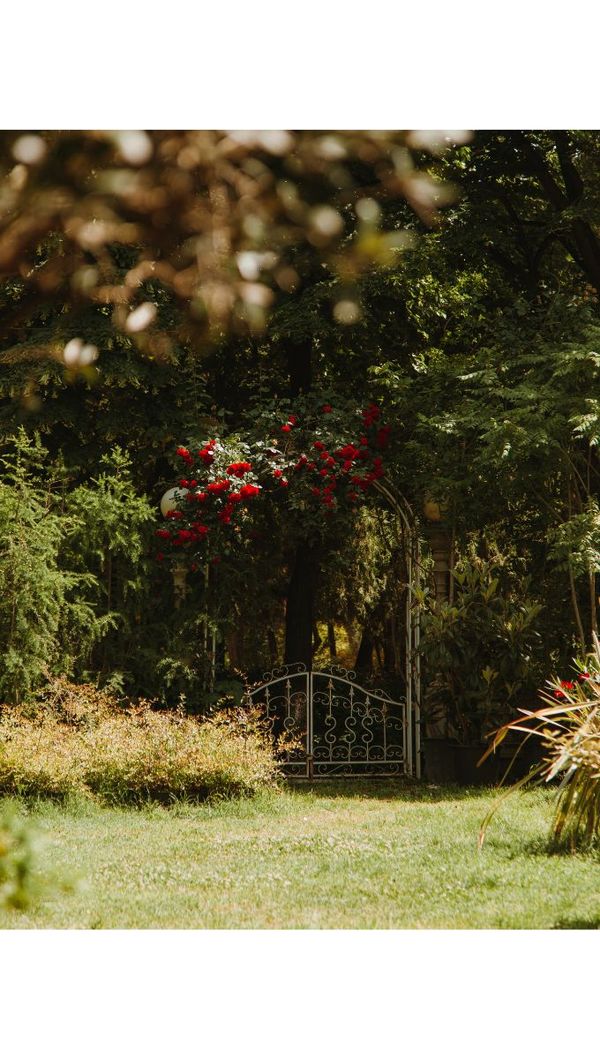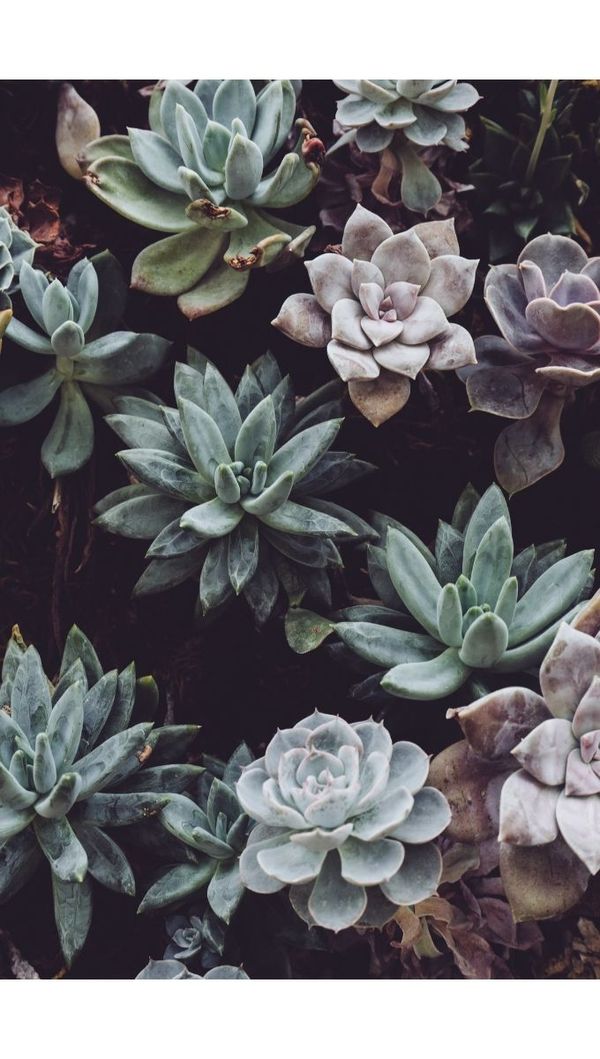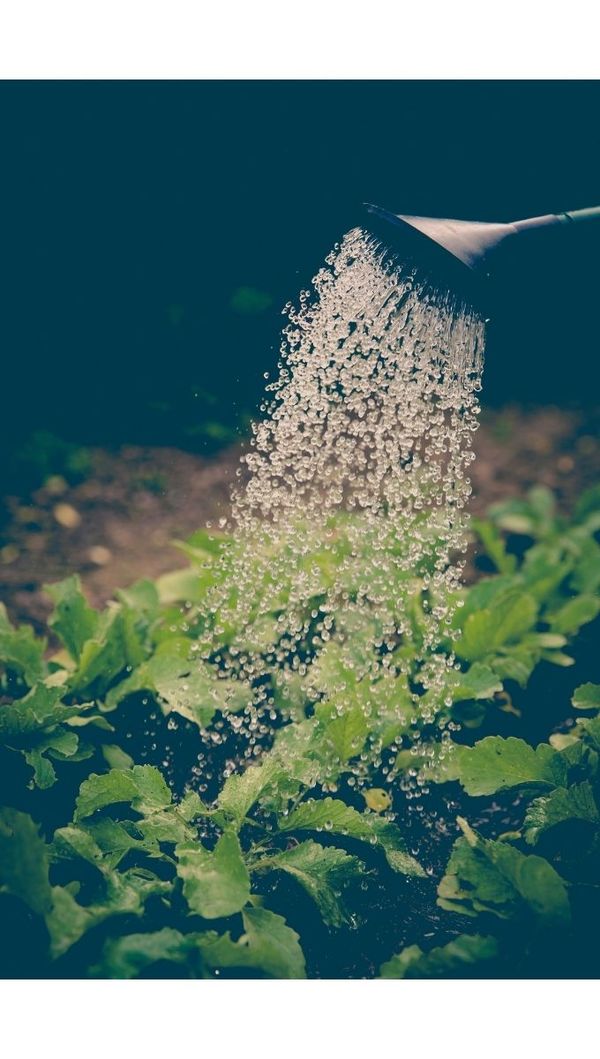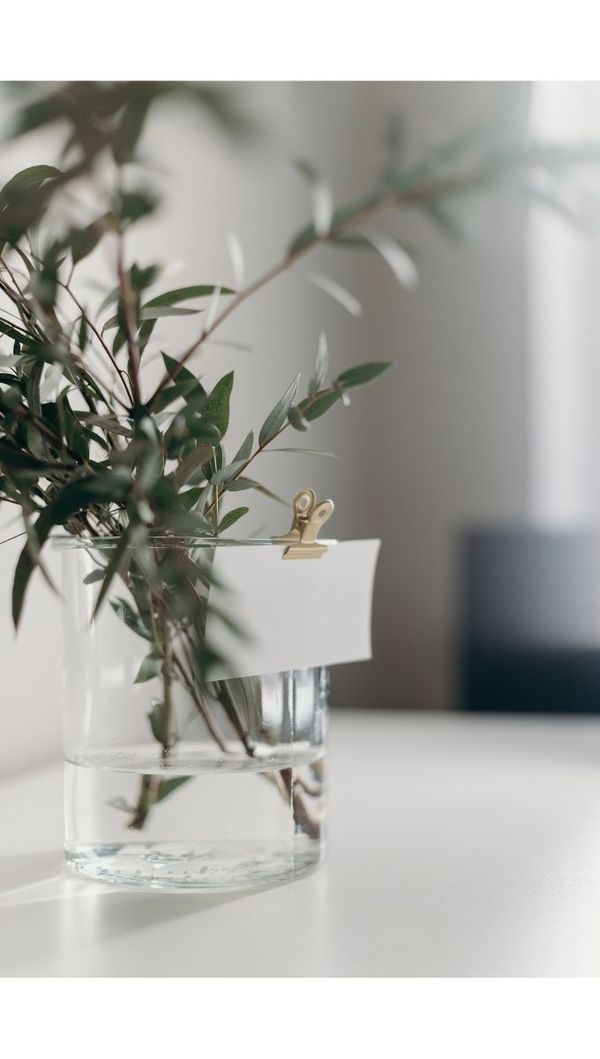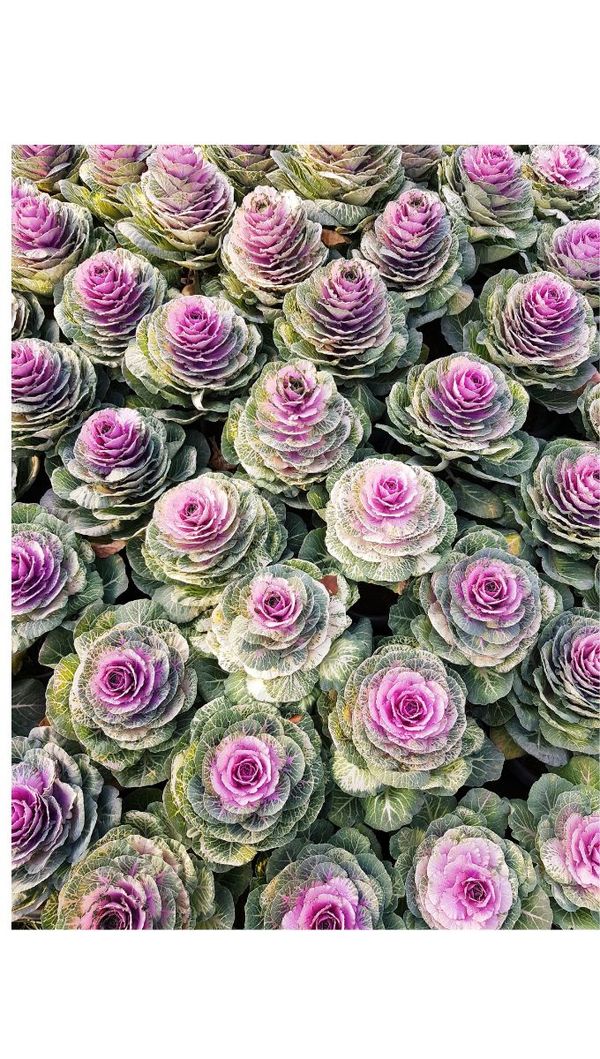Are you looking for the best soil for your pothos plant?
We have reviewed three of the most popular soils on the market and we are here to help you decide which one is right for you. All of these soils are designed specifically for pothos plants, so you can be sure that your plant will thrive in any of them.
How We Choose the 3 Best Soils for Pothos
It can be hard to find a good pothos soil, especially if you're not sure what to look for.
Not all pothos soil is created equal, and finding the best soil for pothos is essential if you want your pothos plants to thrive.
We have done the research for you and found three of the best soils for pothos on Amazon. Our picks are based on customer reviews and star ratings, so you can be sure that these soils will help your indoor plants grow big and strong.
Our Top Picks
To earn a spot in this lineup of some of the best soil for pothos plants, each soil had to contain ingredients that not only help promote drainage, but also retain some moisture and provide air pockets.
The pothos soil also may include added fertilizers and nutrients, as these can (and should) be added on an ongoing basis to maintain a healthy plant.
While organized by type, any one of the following potting mixes provides optimal pothos plant care. To ensure your plants thrive for years to come, give them the best foundation possible by planting them in high-quality pothos soil.
FoxFarm Ocean Forest Organic Garden Potting Soil
Why We Love It
Looking for a pothos soil mix that will give your newly potted plants the best chance to thrive?
Look no further than FoxFarm's Ocean Forest Organic Garden Potting Soil. This pothos soil mix contains peat moss, forest humus, and sandy loam, which offer excellent drainage, aeration, and moisture retention.
Plus, the mix has been amended with natural ingredients like earthworm castings, bat guano, and fish and crab meal to provide nutritional support for strong root development and robust growth.
And with a pH level of 6.3 to 6.8, it's just right for growing pothos. So why not give your plants the head start they need with FoxFarm's Ocean Forest Organic Garden Potting Soil!
Product Information
- CONTENTS: 12 Quarts of a blend of earthworm castings, bat guano, sea-going fish & crab meal, forest humus, moss & more
- PH LEVELS: Ocean Forest is pH adjusted at 6.3 to 6.8 to allow for optimum fertilizer uptake
- BENEFITS: Encourages strong branching and a sturdy, healthy growth habit and is ideal for containerized plantings
- ORGANIC: No
- SIZE: (2 Pack) Each bag weighs: 11.9 lbs. Package Dimensions (L X W X H): 18.0" x 11.0" x 15.0"
Miracle-Gro Indoor Potting Mix
Why We Love It
Looking for a soil mix that will help your pothos plants thrive?
Miracle-Gro has you covered with their Indoor Potting Mix. This mix features a blend of sphagnum peat moss, coconut coir, and perlite, as well as a fertilizer to help newly potted plants develop strong root systems. No additional fertilizer is necessary for the first 6 months.
Plus, the included wetting agent makes it easy to wet down the dry ingredients, and the mix is formulated to reduce the risk of gnats.
Miracle-Gro Indoor Potting Mix is a great option for anyone looking for a quality soil mix at an affordable price.
Product Information
- CONTENTS: 6 Quarts of a mix of peat moss, coconut coir, perlite, and a wetting agent, which holds and releases water and helps pothos soil easily re-wet
- PH LEVELS: It has a pH range of 5.5 - 6.2
- BENEFITS: Designed to be less prone to gnats (Contains no compost or bark, which are known to shelter fungus gnats)
- ORGANIC: No
- SIZE: 6 quarts
FoxFarm Happy Frog Potting Soil
Why We Love It
Looking for a soil mix that will make your plants happy?
Look no further than FoxFarm's Happy Frog Potting Soil. This unique blend of natural ingredients, including soil microbes, composted forest humus, sphagnum peat moss, and perlite, create a well draining potting soil mix that retains moisture and provides the tiny air pockets that pothos roots love.
In addition, Happy Frog soil has been amended with earthworm castings, bat droppings, and humic acid from Leonardite (a mineral-based soil conditioner). Leonardite increases acidity in the soil, but Happy Frog also contains oyster shell and dolomite lime, ingredients that normalize acidity and adjust the pH to a favorable 6.3 to 6.8
Product Information
- CONTENTS: Unique mix is alive with beneficial soil microbes and mycorrhizal fungi that dramatically expand root development with composted forest humus to retain moisture
- PH ADJUSTED: pH adjusted to allow for maximum nutrient uptake and is fluffy, well-aerated with perlite and peat for optimal root growth (pH 6.3-6.8)
- BENEFITS: Benefits include vigorous vegetative growth, with enhanced fruit & flower production and it helps plants feed more aggressively
- EASY TO USE: Light textured and well aerated and is ready to use right out of the bag making it the perfect all-purpose soil for indoor and outdoor containers or raised beds
- SIZE: The 12 quarts of premium soil has everything you need for gardening. Bag dimensions (LxWxH): 18 x 14 x 1.5 inches and it weighs 14 pounds
Best Soil for Pothos FAQs
Can pothos grow in any soil?
Pothos is a tropical vine that is commonly grown as a houseplant. It is known for its ability to thrive in a wide range of conditions, including low light and poor soil.
However, pothos does have one specific requirement when it comes to soil: it prefers a slightly acidic environment. The ideal pH range for pothos is between 6.1 and 6.8. Fortunately, most indoor grow mixes also fall within that range. An unhappy plant with yellowing leaves indicates that the pothos soil may be too alkaline.
If your pothos is not getting enough attention, make sure to check the pH of the pothos soil and adjust accordingly. With proper care, your pothos will thrive for years to come.
Can I use tropical soil for pothos?
Vermiculite and other amendments can be used to hold moisture and prevent you from needing to water too often. Nutrients are important for plant growth, but too much of a good thing can be detrimental.
Pothos are fast-growing plants that thrive in nutrient-rich soil in tropical regions. However, if they are grown in soil that is too rich, they will produce fewer leaves and the leaves will be smaller.
In general, it's best to err on the side of too little rather than too much when it comes to nutrients. When in doubt, consult a gardening expert or reference guide. Amendments can help you achieve the perfect balance for your plants.
Do pothos prefer soil or water?
Pothos plants are a type of vine that is part of the arum family. These plants are known for their heart-shaped leaves and their tolerance to a wide range of growing conditions.
One of the most notable things about these plants is that they don't actually need to be planted in soil; they will do just fine if they are placed in a container with water.
Of course, if you do decide to plant them in soil, any well-draining soil will work. Just be aware that a plant that has become acclimated to being in water may not do as well if it is transferred to soil.
Pothos plants are a great option for those who want to add some greenery to their home but don't want to deal with the hassle of traditional gardening.
Do pothos need special soil?
Pothos plants are a great option for beginner gardeners or those with limited space. They are easy to care for and can tolerate a wide range of growing conditions.
One important thing to keep in mind, however, is that pothos do not like to sit in wet soil. Overly moist conditions can cause the root rot, so it is important to plant pothos in a well-draining potting soil.
A soilless mix or a general potting mix with a few handfuls of perlite or coco coir added will provide the perfect level of drainage. With proper care, your plant will thrive for many years to come.
How can I make my pothos grow faster?
Pothos is a fast-growing, easy-to-care-for houseplant that can thrive in a wide range of conditions. If you're looking to speed up its growth, there are a few simple things you can do.
First, use a nutritious growing medium such as coco coir or vermiculite.
Second, provide bright, indirect sunlight - pothos can tolerate low light levels, but it will grow faster in brighter conditions.
Third, keep the room temperature between 70 and 90 degrees Fahrenheit - pothos prefers warm temperatures and will struggle to thrive in cooler conditions.
Fourth, don't overwater - only water when the pothos soil has dried out completely. Overwatering can cause root rot and pothos do not like to sit in wet soil.
Fifth, feed the plant with a balanced fertilizer every two to three months - this will give it the nutrients it needs to grow quickly.
Finally, keep pests at bay - spider mites and mealybugs are common pests that can damage pothos plants. By following these simple tips, you can help your pothos reach its full potential.
What kind of pots do pothos like?
Pothos is a versatile houseplant that can be grown in a wide range of containers. As long as the pot has at least one drainage hole, it will be suitable for growing pothos.
It is important to choose a potting mix that drains well and doesn't dry out quickly. Pothos prefers to have evenly moist soil, so be sure to check the soil regularly and water as needed. If the soil feels dry to the touch, it is time to water.
Pothos is a low-maintenance plant that doesn't require much fertilizer. A monthly feeding with a balanced liquid fertilizer should be sufficient. With proper care, pothos will thrive in almost any type of container.
What is the best fertilizer for pothos?
Fertilizer is important for pothos plants because it provides them with the nutrients they need to grow. However, it's important to use the right kind of fertilizer and to follow the instructions on the label.
Water-soluble fertilizer is easy to use and it's not easy to make a mistake, but the amount suggested on the label is often too strong and may burn your plant. A good rule of thumb is to use half the amount of fertilizer that is recommended on the label.
Pothos plants are also sensitive to chemicals, so it's important to choose a fertilizer that is organic and free of herbicides and insecticides.
In general, slow-release fertilizers are a good choice for pothos plants because they provide a steady supply of nutrients over time. However, if you are using a slow-release fertilizer, be sure to follow the instructions on the label carefully so that you don't overdo it.
How do I make my pothos thicker?
Pothos is a fast-growing, easy-to-care-for houseplant that can become leggy and sparse over time. To keep your pothos looking full and lush, follow these eight tips:
#1 Prune your pothos frequently. Regular pruning will encourage new growth, resulting in a fuller plant.
#2 Prune your pothos correctly. Cut just above a leaf node (the point where leaves grow) using sharp, clean shears.
#3 Use well-maintained tools. Sharp shears will make clean cuts that won't damage the plant.
#4 Keep your pothos healthy and strong. A healthy plant is better able to withstand frequent pruning.
#5 Provide the right amount of sunlight. Pothos plants need bright, indirect light to thrive. too much sun can scorch the leaves, so be careful not to place them in a south-facing window.
#6 Water right. Water your pothos when the top inch of soil is dry to the touch. Allow the water to soak through the drainage hole. Do not over water. Overwatering can cause root rot.
#7 Provide consistent warmth. Pothos plants thrive in temperatures between 70 and 90 degrees farenheit.
#8 Don't overcrowd the pot. Pothos plants will thrive when given room to grow.
Which best soil for pothos is right for me
Thanks for reading! We hope you have found this article helpful and informative. We have reviewed the best of the best and done the hard work for you, so you can choose the best soil for pathos that fits your needs. Thanks for reading!


